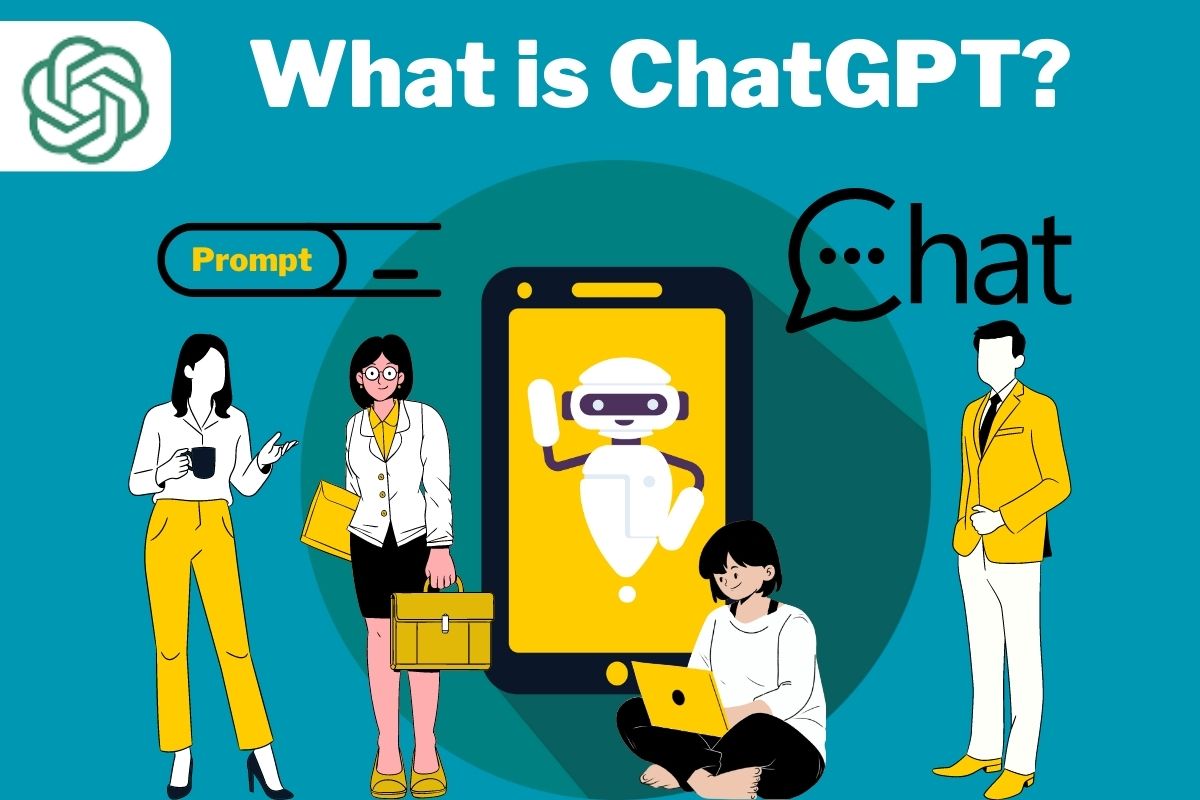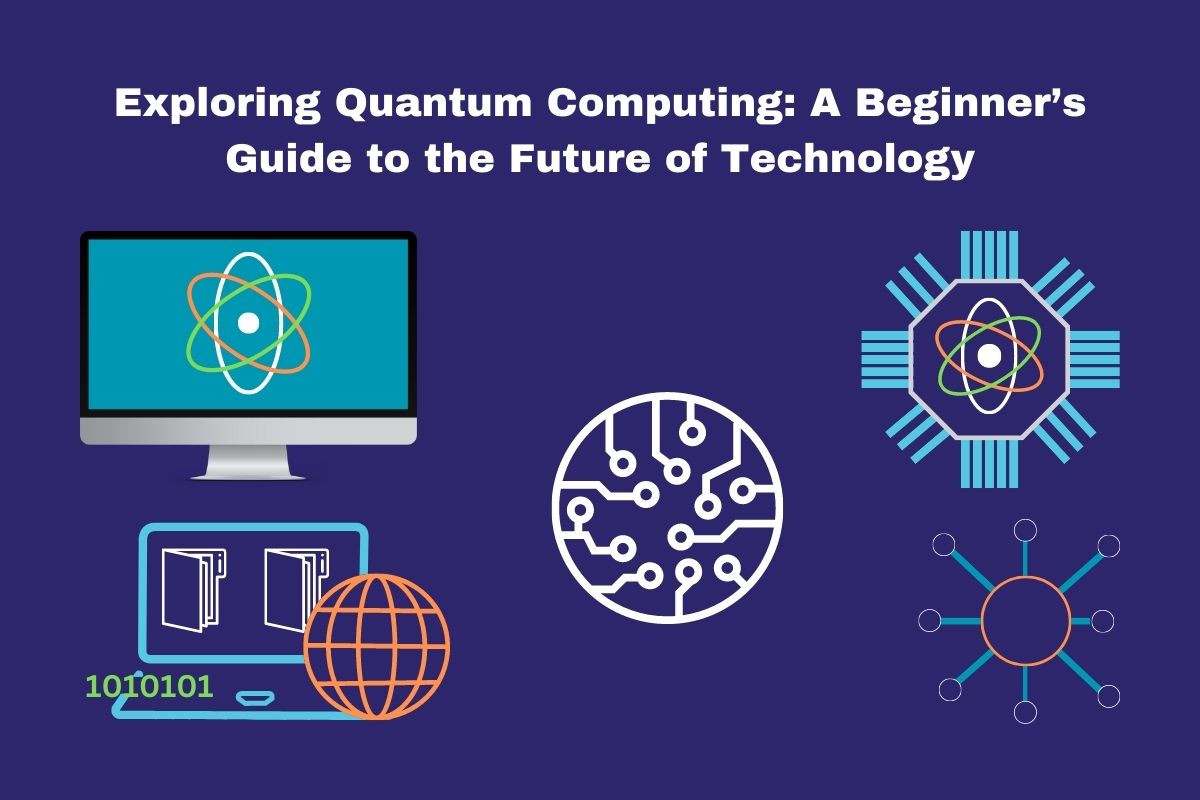Since the first desktop computer was released in the 1970s, the personal computer has gone a long way. Personal computers have altered the way we live, work, and communicate, from unwieldy machines with limited capabilities to compact laptops and smartphones. PCs have become an indispensable part of our daily life, but how did this technology become apparent? Personal computer history and advancement is a fascinating subject that spans several centuries.
Evolution of Personal Computers
The era of Altair 8800: The first of the Personal Computers
In the 1960s, large, expensive computers were used mainly by governments and corporations, while early PCs appealed to enthusiasts. It was not until the 1970s that the first PCs began to appear. These early machines were rudimentary by today’s standards, with limited processing power and storage capabilities.
In 1975, the Altair 8800, the first personal computer, was introduced. It had a basic processor and required manual programming. Sold as a kit for self-assembly. It had no keyboard or monitor and had to be programmed manually by flipping switches on the front panel.

The Apple II, released in 1977, revolutionized PCs with its keyboard, screen, colorful graphics, open design, and expandable capabilities. In the 1980s, PCs became more mainstream, and competition between companies such as IBM and Apple intensified. The 1981 release of the IBM PC revolutionized the industry with its open architecture, enabling compatibility with third-party hardware and software.
![Personal computers: The Apple II (stylized as Apple ][)](https://upload.wikimedia.org/wikipedia/commons/thumb/9/98/Apple_II_typical_configuration_1977.png/800px-Apple_II_typical_configuration_1977.png)
In the 1990s, PCs became more powerful and user-friendly, with the introduction of the graphical user interface and the Windows operating system. The internet also revolutionized the way we use PCs, with the introduction of web browsers such as Netscape Navigator and Internet Explorer.
Apple VS Microsoft Phase
Apple and Microsoft drove the surge of laptops and mobile devices in the 2000s, empowering people to carry PCs and stay connected on the go. The 2000s saw the rise of the Internet and the World Wide Web, which fundamentally changed the way people used PCs. Broadband Internet and powerful web browsers enabled global access to abundant information and facilitated worldwide communication.

Era of Virtual Reality
PCs are still evolving today, thanks to breakthroughs in technology such as artificial intelligence, virtual reality, and quantum computing. While technology evolves, the personal computer continues to be an indispensable tool in our daily lives, from work to entertainment and everything in between.

Current Personal Computer Prices
Personal computers prices have significantly dropped in recent years, making them more affordable for a wider range of consumers. Manufacturers continuously introduce competitive pricing strategies and technological advancements to meet the demands of the market. As a result, individuals now have greater access to powerful computing devices at reasonable prices.
Conclusion
Personal computers have significantly evolved, transforming our lives, work, and communication from the Altair 8800 to quantum computing. Today, PCs are ubiquitous, with billions of them in use around the world. They continue to evolve, with new technologies such as artificial intelligence and virtual reality transforming the way we interact with computers and each other.
Also Read: The Promising Future Of AI: Revolutionizing Industries











One thought on “Personal Computers: Tracing The Fascinating History Of Modern Computing”